In bustling cities like New York or Los Angeles, a quiet movement is gaining traction. Adults are rediscovering joy through simple acts, like swinging on playgrounds or doodling without judgment. This isn’t just whimsy. It’s part of a broader cultural trend toward inner child reconnection, where people seek to heal old wounds by nurturing the playful, vulnerable parts of themselves long buried under adult responsibilities. As economic pressures and digital overload define life in 2025, more Americans are turning to these methods for emotional balance. Experts note that such practices can reduce stress and foster creativity, without needing professional therapy. This article outlines 16 practical ways to start, drawing from psychological insights and everyday experiences. Whether you’re feeling stuck or just curious, these steps offer a gentle path back to that inner spark.
1. Embrace Playful Movement
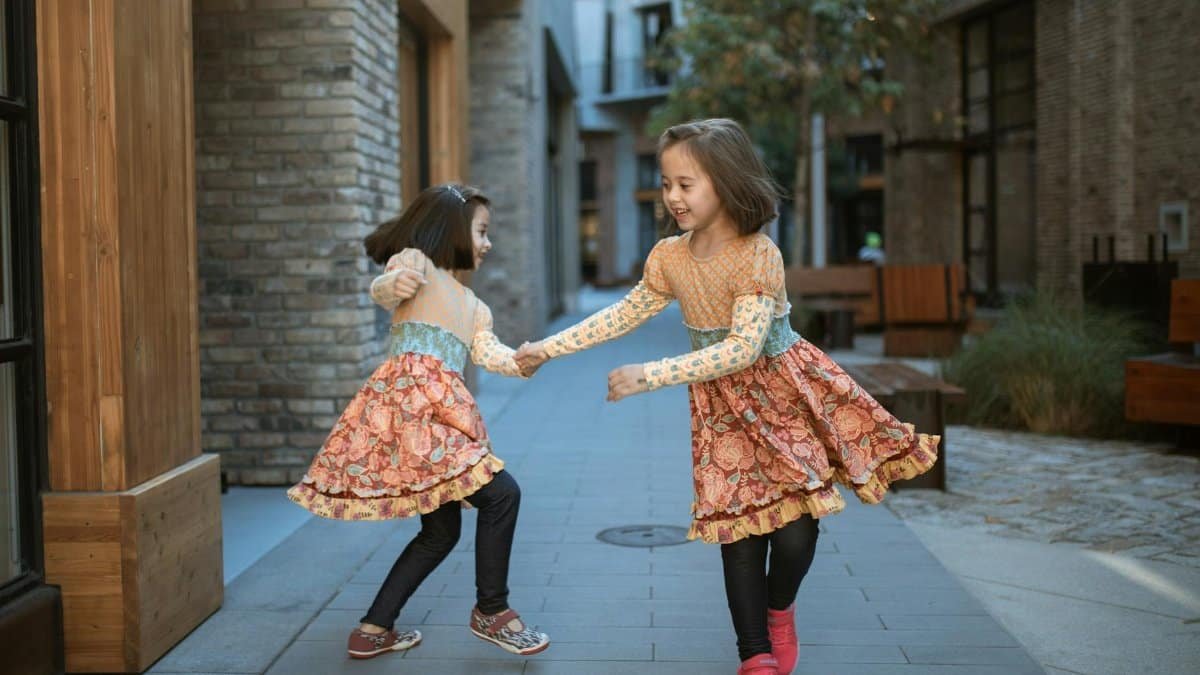
Start with something as basic as dancing alone in your living room. Turn on a favorite childhood tune, maybe an old pop hit from the ’80s, and let your body move without rules. Research from the American Psychological Association shows that physical play boosts endorphins, mimicking the carefree energy of youth. One woman, reflecting on her routine, shared how this ritual helped her shake off daily grind, feeling lighter afterward. It’s not about perfection. It’s about recapturing that unfiltered freedom. Try it for 10 minutes a day. Over time, it rebuilds a sense of fun often lost in adulthood.
2. Journal Childhood Memories

Grab a notebook and jot down vivid recollections from your early years. What games did you love? What made you laugh? This isn’t formal therapy, but a personal excavation. Studies, like those from the National Institutes of Health on reflective writing, suggest it enhances self-awareness and emotional processing. Picture a man in his 50s who revisited his tree-climbing days through words, uncovering buried joy. Vary your entries: some days poetic, others lists. The key is consistency, turning reflection into a bridge to your younger self.
3. Create Art Without Judgment
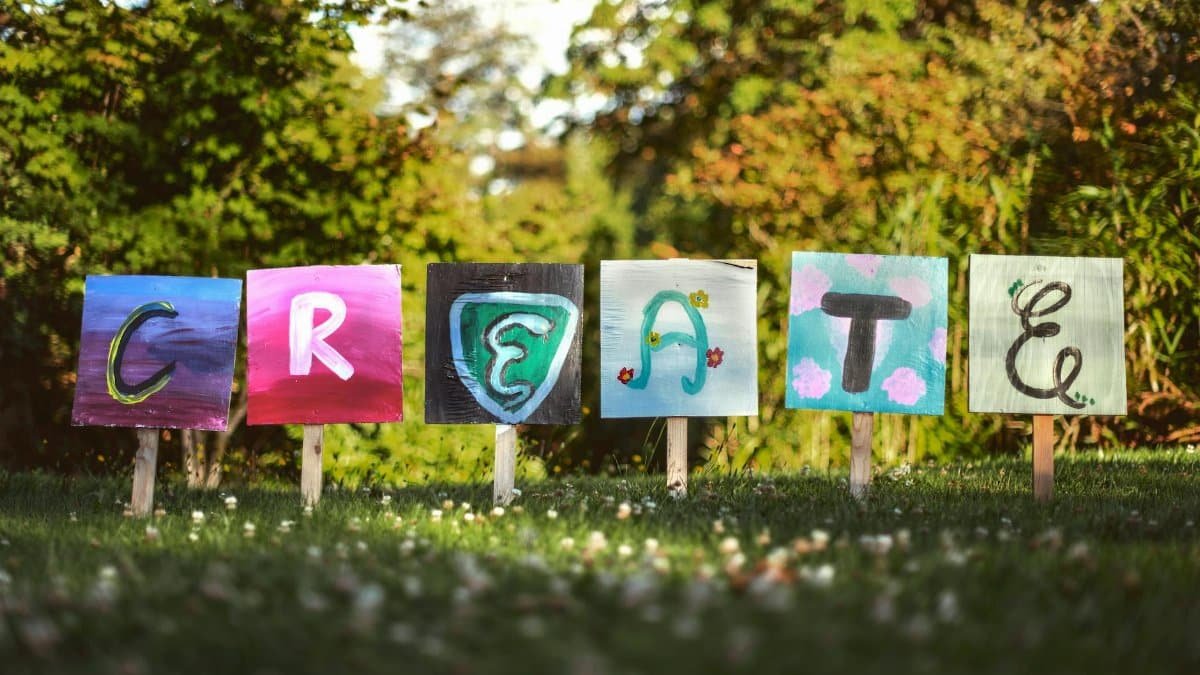
Finger paints or crayons can be powerful tools. Set aside time to draw whatever comes to mind, ignoring any inner critic. This taps into the uninhibited creativity kids naturally possess. A report from the National Endowment for the Arts highlights how artistic expression aids emotional release. Imagine a busy parent scribbling chaotic colors after work, feeling a rush of relief. No galleries needed here. Just let the mess happen. It fosters a nurturing dialogue with your inner child, one stroke at a time.
4. Spend Time in Nature

Wander through a park and touch leaves or skip stones. Nature invites the wonder children feel effortlessly. Evidence from U.S. Forest Service studies links outdoor immersion to reduced anxiety and heightened mindfulness. One anonymous online account described lying in grass, staring at clouds, and sensing long-forgotten peace wash over them. In 2025’s urban hustle, this reconnection grounds you. Make it a weekly habit, perhaps with a picnic of childhood favorites like peanut butter sandwiches.
5. Revisit Favorite Books

Dust off those dog-eared classics from your youth. Reread them slowly, savoring the escapism. This act revives the imagination that adulthood often dims. Psychological insights from Harvard’s studies on narrative therapy underscore how stories heal emotional gaps, though we’re adapting it here sans sessions. A reader once recounted how returning to “The Giving Tree” stirred forgotten tenderness. Dive in without analysis. Let the words transport you, rebuilding that inner sanctuary page by page.
6. Practice Self-Compassionate Talk

Speak to yourself as you would a young child. Gentle affirmations like “It’s okay to make mistakes” can soothe inner turmoil. This draws from self-compassion research by Kristin Neff, detailed in her work linked through Self-Compassion.org. It’s simple yet profound. Envision a scenario where, after a tough day, you whisper encouragement, feeling the shift. Integrate it into mornings or before bed, turning kindness inward.
7. Indulge in Comfort Foods

Cook or eat dishes that evoke childhood warmth, like macaroni and cheese. The sensory nostalgia can trigger positive associations. Nutrition experts at the Harvard T.H. Chan School of Public Health note how food ties to emotional memory. Someone might bake cookies, the aroma pulling them back to family kitchens. Balance it with mindfulness to avoid overindulgence. This way, it becomes a ritual of care, not just calories.
8. Build with Blocks or Puzzles
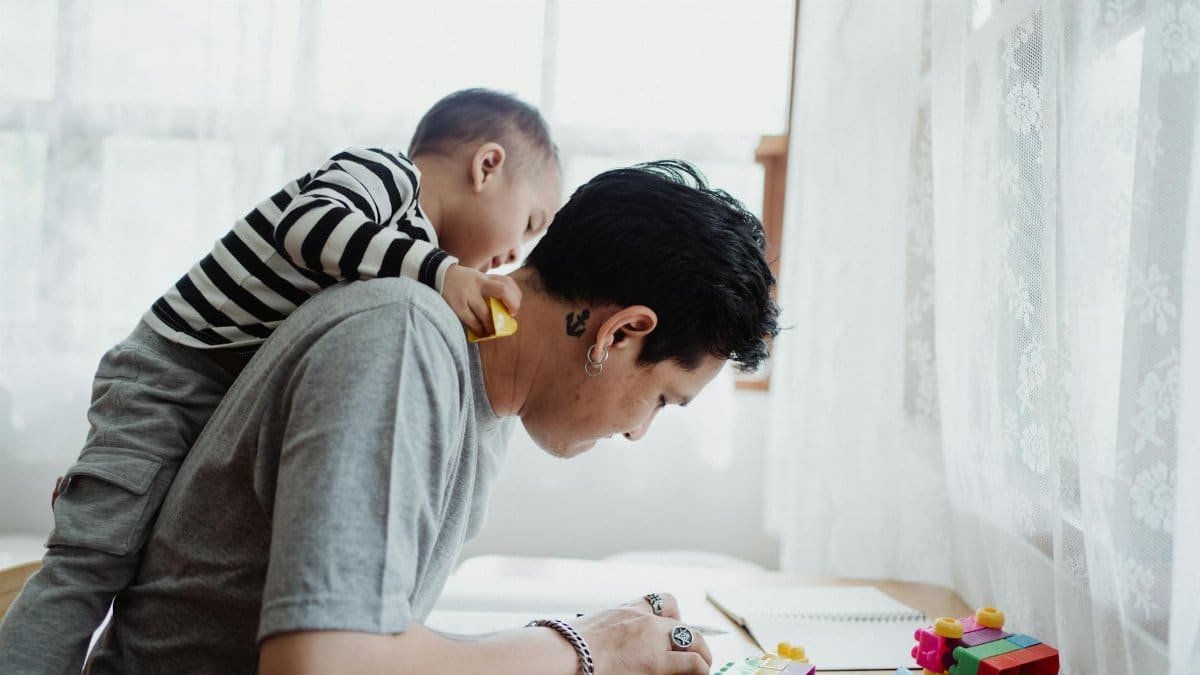
Engage in hands-on building, like Legos or jigsaw puzzles. The focus and satisfaction mirror a child’s absorption in play. Cognitive benefits are backed by studies from the American Psychological Association on puzzles. A middle-aged professional shared how assembling a model car reignited his inventive side. No goals required. Just build, destroy, rebuild. It teaches flexibility, a lesson your inner child knows well.
9. Listen to Old Music

Curate a playlist of songs from your formative years. Let the melodies evoke buried emotions. Music therapy principles, explored by the American Music Therapy Association, show it aids emotional recall. Picture blasting a track and singing along uninhibitedly, tears mixing with laughter. In our screen-saturated 2025, this auditory time travel offers respite. Use it during commutes or quiet evenings.
10. Engage in Imaginative Daydreaming

Allow your mind to wander freely, inventing scenarios like a kid does. This combats the rigidity of adult thinking. Neuroscientific findings from NIH on daydreaming reveal its role in creativity and problem-solving. One person described daydreaming about adventures, feeling renewed energy. Set aside unstructured time. It reconnects you to boundless possibility.
11. Hug a Stuffed Animal

Yes, really. Holding a plush toy can provide tactile comfort, echoing childhood security. Attachment theory, as discussed in APA publications on attachment, supports how such objects foster safety. A quiet moment with a bear might dissolve tension. Keep it private or share with trusted friends. This small act nurtures vulnerability gently.
12. Laugh More Freely
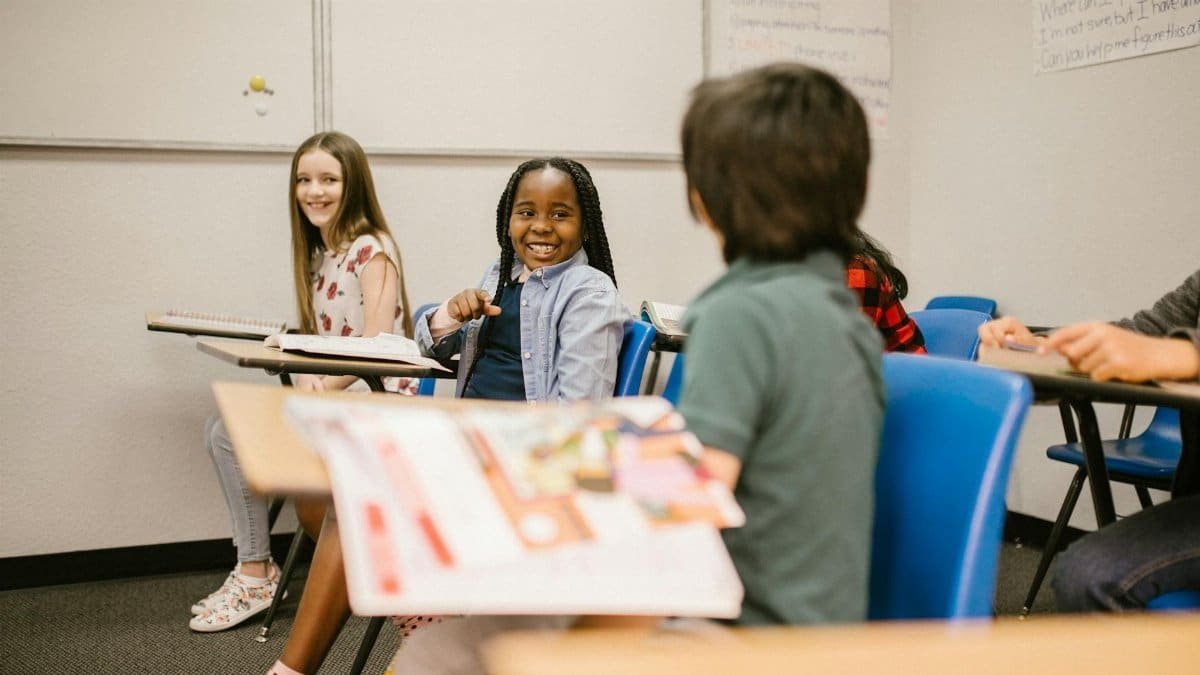
Watch comedies or tell silly jokes. Laughter releases feel-good chemicals, per Mayo Clinic on stress relief. It revives the giggly abandon of youth. Recall a group of friends erupting in belly laughs over nothing, bonds strengthening. Aim for daily doses, perhaps through podcasts. In a serious world, this lightens the load.
13. Explore Sensory Play
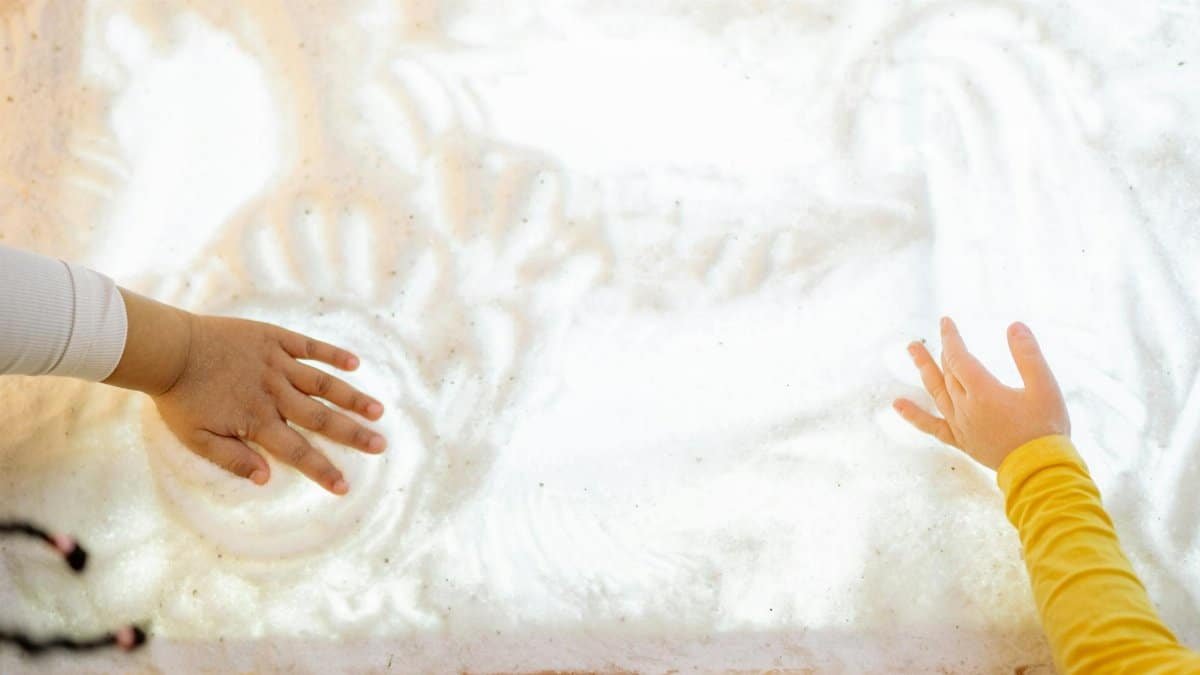
Play with sand, water, or slime. These textures engage senses directly. Sensory integration studies from occupational therapy, via American Occupational Therapy Association, affirm its calming effects. Imagine kneading dough, stress melting away. Adapt it to your space, like a home sensory bin. It grounds you in the present, childlike.
14. Write Letters to Your Younger Self

Pen notes of forgiveness or advice to your past self. This fosters empathy. Expressive writing research from University of Texas studies (noting a stable domain) shows emotional benefits. A writer once felt catharsis addressing old fears. Seal and revisit them. It’s a personal ritual for inner child reconnection.
15. Dance in the Rain
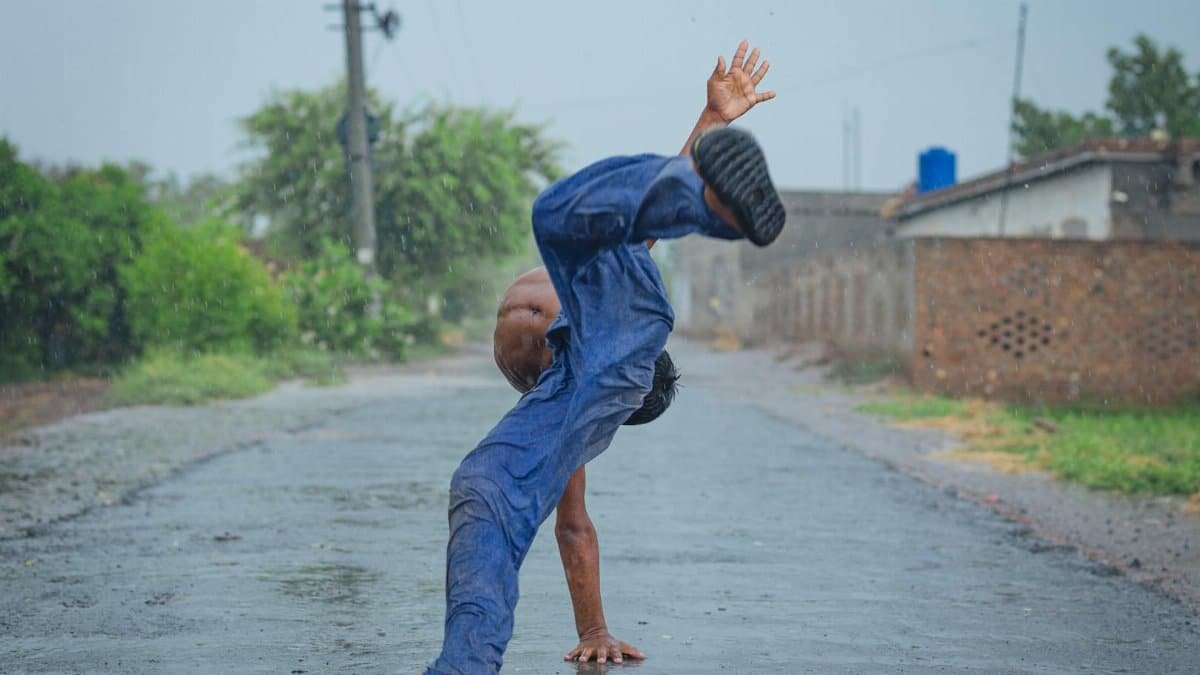
When it pours, step out and twirl. Weather defies adult caution, embracing spontaneity. Environmental psychology links nature’s elements to well-being, as per APA on nature exposure. One rainy afternoon might spark pure delight. Dress appropriately, but let go. This act symbolizes resilience and joy.
16. Celebrate Small Wins

Treat yourself for minor achievements, like a sticker or ice cream. Positive reinforcement builds self-worth, echoing parental praise. Behavioral science from CDC on mental health supports this. Envision rewarding a good day with a toy, grinning inwardly. Make it habitual. In 2025, amid uncertainties, this sustains motivation and reconnects with innate optimism.
These ways aren’t exhaustive, but they provide accessible entry points to inner child reconnection. Many report feeling more whole, their adult lives enriched by rediscovered playfulness. As trends evolve, incorporating such practices could redefine emotional wellness for generations.
